Production of Duobalken® and Triobalken® (Glued solid timber)
Duobalken® and Triobalken® are manufactured in the same way as glued-laminated timber. In this case, however, the individual cross-sections that are glued together are larger.
Planks or square-sawn timber with a thickness of up to 85 mm and a width of up to 280 mm are first kiln-dried to a moisture content of approximately 12% and then rough planed. For laminated beams according to EN 14080: 2013, up to five individual cross-sections with thicknesses up to 85 mm are glued to the total cross-sections of up to 280 x 280 mm.
The dried individual cross-sections are visually strength graded. Glued finger-joints (finger-jointing) are used for gluing the individual planks or pieces of square-sawn timber together in the longitudinal direction to form what are in principle laminations of any desired length.
The laminations are planed; adhesive is applied to the broad surfaces of the laminations. Two (Duobalken®), three (Triobalken®), or more laminations are stacked and glued together in a press. The resulting cross-section then hardens under pressure. After hardening, the cross-section is usually planed and chamfered.
Drying, homogenization and strength grading result in a dimensionally stable product with minimal splitting.







